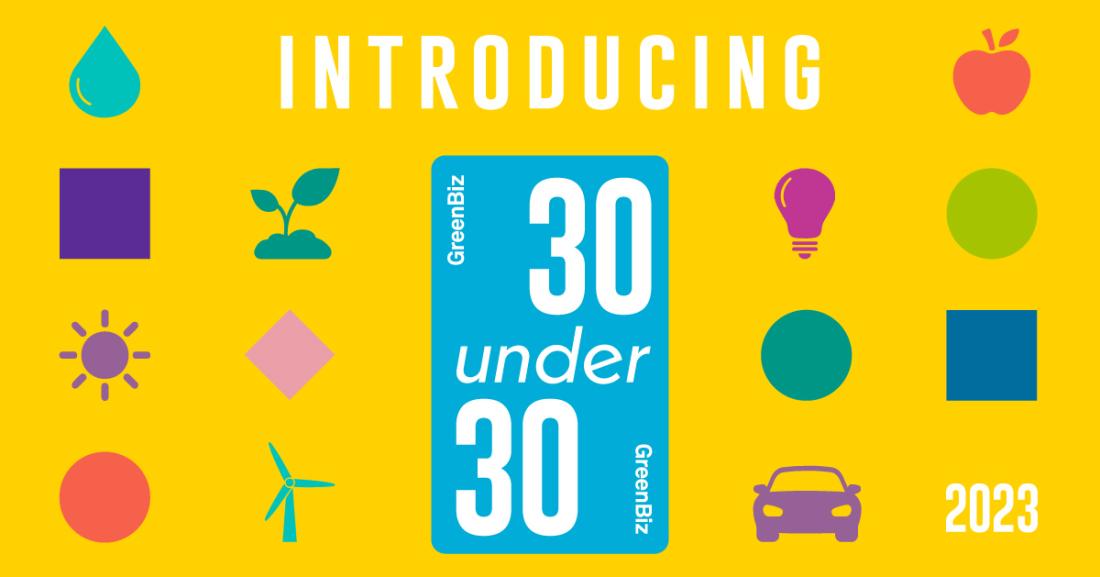To enhance water stewardship, tout the ‘restoration of nature and ecosystems’
Ditch jargon and focus on communicating what matters to audiences: climate, nature and people. The post To enhance water stewardship, tout the ‘restoration of nature and ecosystems’ appeared first on Trellis.
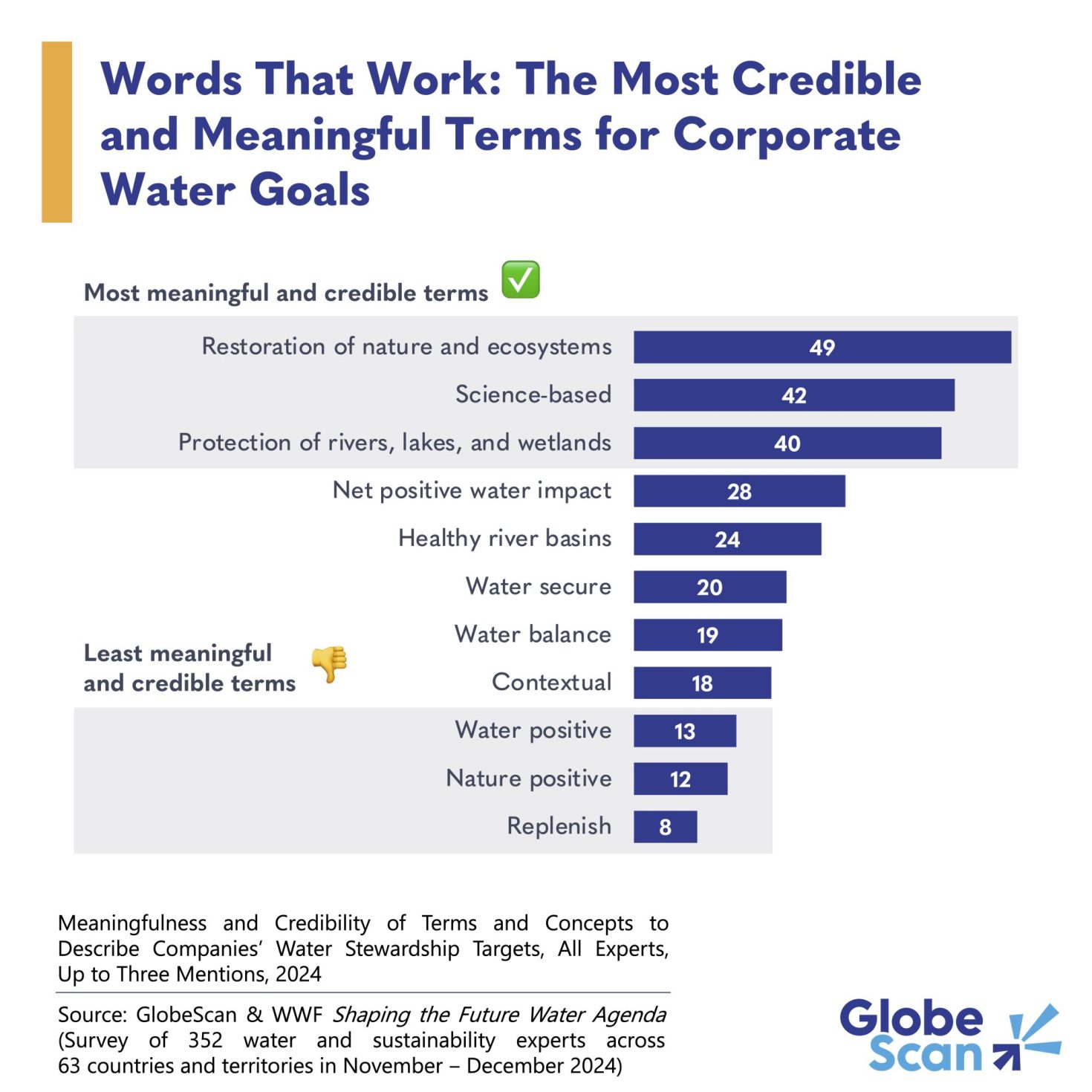
Key takeaways
- To reach a wider audience, companies need to avoid jargon-heavy water stewardship terms.
- Credible descriptions for water stewardship targets succeed when water is linked to climate, nature and people.
- Compelling stories can help stakeholders understand why water issues and programs matter to them.
If the terms “water positive” and “nature positive” leave you confused, you’re not alone. To improve water stewardship and communications around the topic, companies need to avoid technical or jargon-heavy terms that aren’t engaging for most audiences.
In a recent survey of more than 350 water and sustainability experts, Trellis data partner GlobeScan, in conjunction with the World Wildlife Foundation, found the most meaningful and credible descriptions for water stewardship targets are:
- “restoration of nature and ecosystems” (49%)
- “science-based” (42%)
- “protection of rivers, lakes, and wetlands” (40%)
In contrast, experts consider “water positive,” “nature positive,” and “replenish” to be the least meaningful and credible of the options presented. Similarly, GlobeScan’s public opinion research shows people rank “protect rivers, lakes, and other water-based habitat/nature” much higher than “use less water in operations and supply chains” in terms of the most important water-related goals for an environmentally-responsible company.
The research points to three reasons for low levels of awareness and engagement related to companies’ water stewardship activities:
- Most companies don’t talk about water very often or via channels that reach many stakeholders
- Water-related communications usually put a heavy emphasis on data and methodologies like “water positive” and “replenish” that are not very relatable or compelling for most stakeholders
- Corporate communications on water focus too much on the quantity/efficiency of water whereas pollution or ecosystem restoration is more likely to gain traction with the public
What this means
Going forward, companies can improve transparency and disclosure by communicating in ways that are more relevant, tangible and engaging by linking water to climate, nature and people. Organizations can highlight the important ways that water links, shapes and contributes to powerful, nature-based solutions for climate resilience, adaptation and mitigation. The public strongly associates water with nature and conservation, and linking it to nature offers opportunities for restoration, progress and positive stories. More compelling corporate communications on water stewardship can help stakeholders understand why issues and programs matter to them and how both the company and consumers stand to benefit from corporate actions and investments.
Based on a survey of 352 water and sustainability experts across 63 countries and territories conducted in Nov.-Dec. 2024.
The post To enhance water stewardship, tout the ‘restoration of nature and ecosystems’ appeared first on Trellis.




















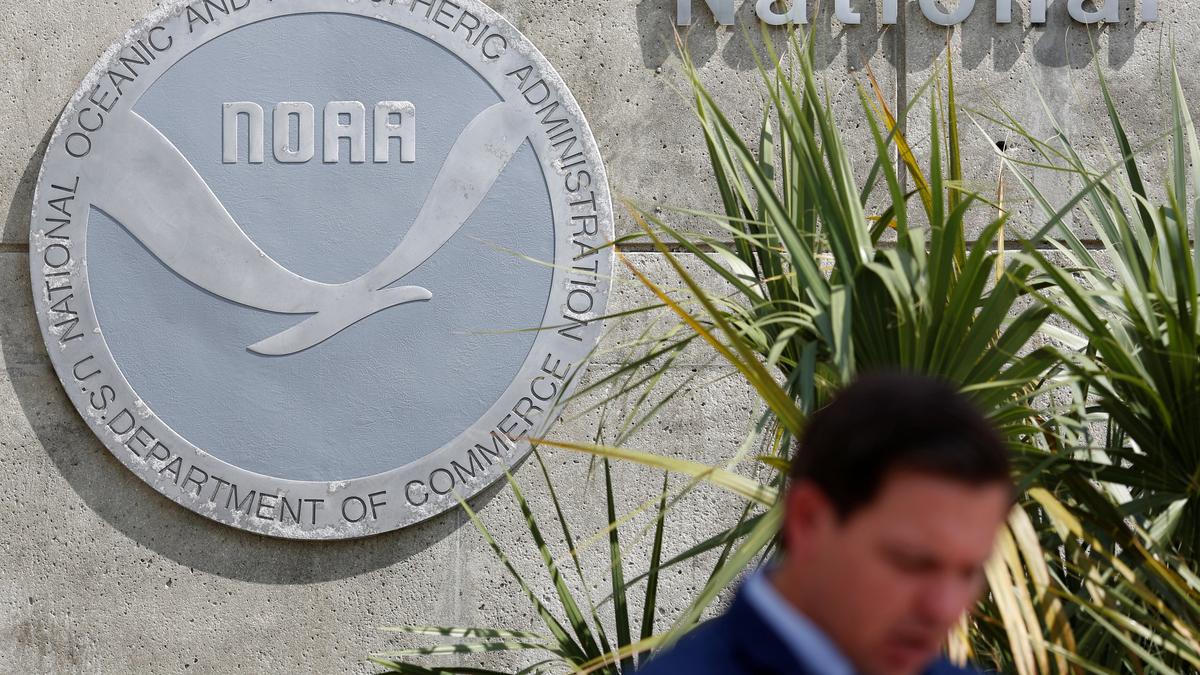






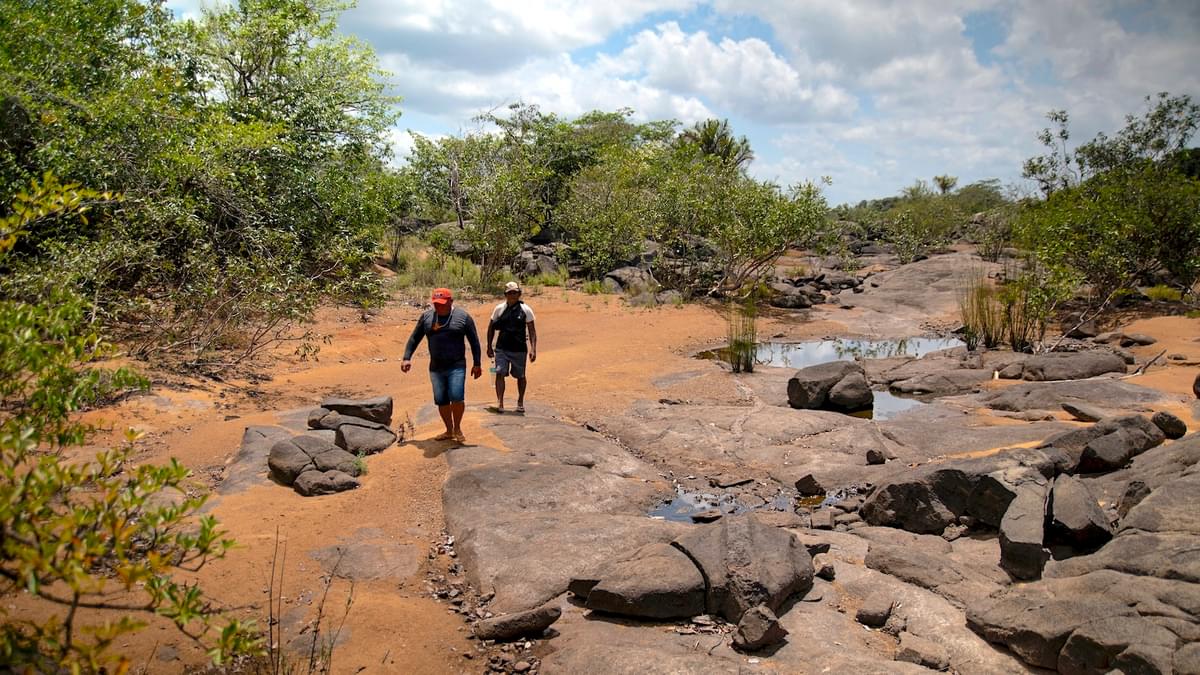

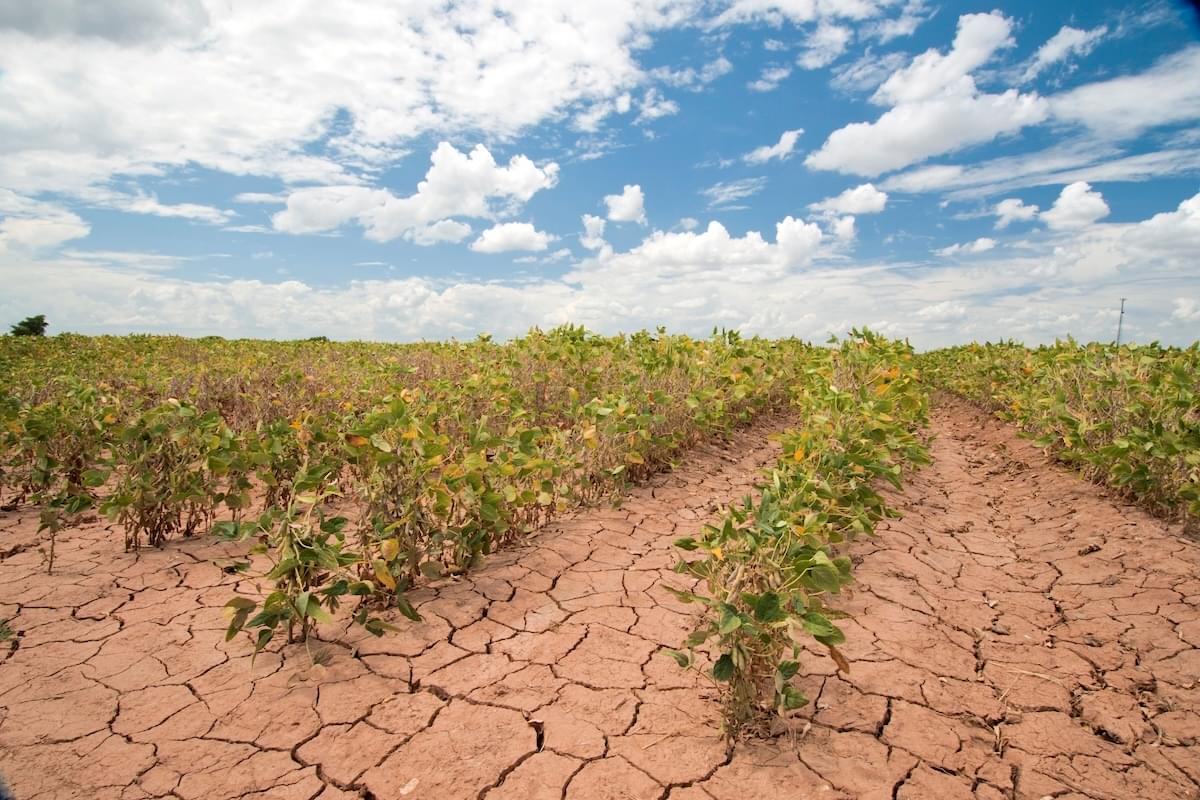













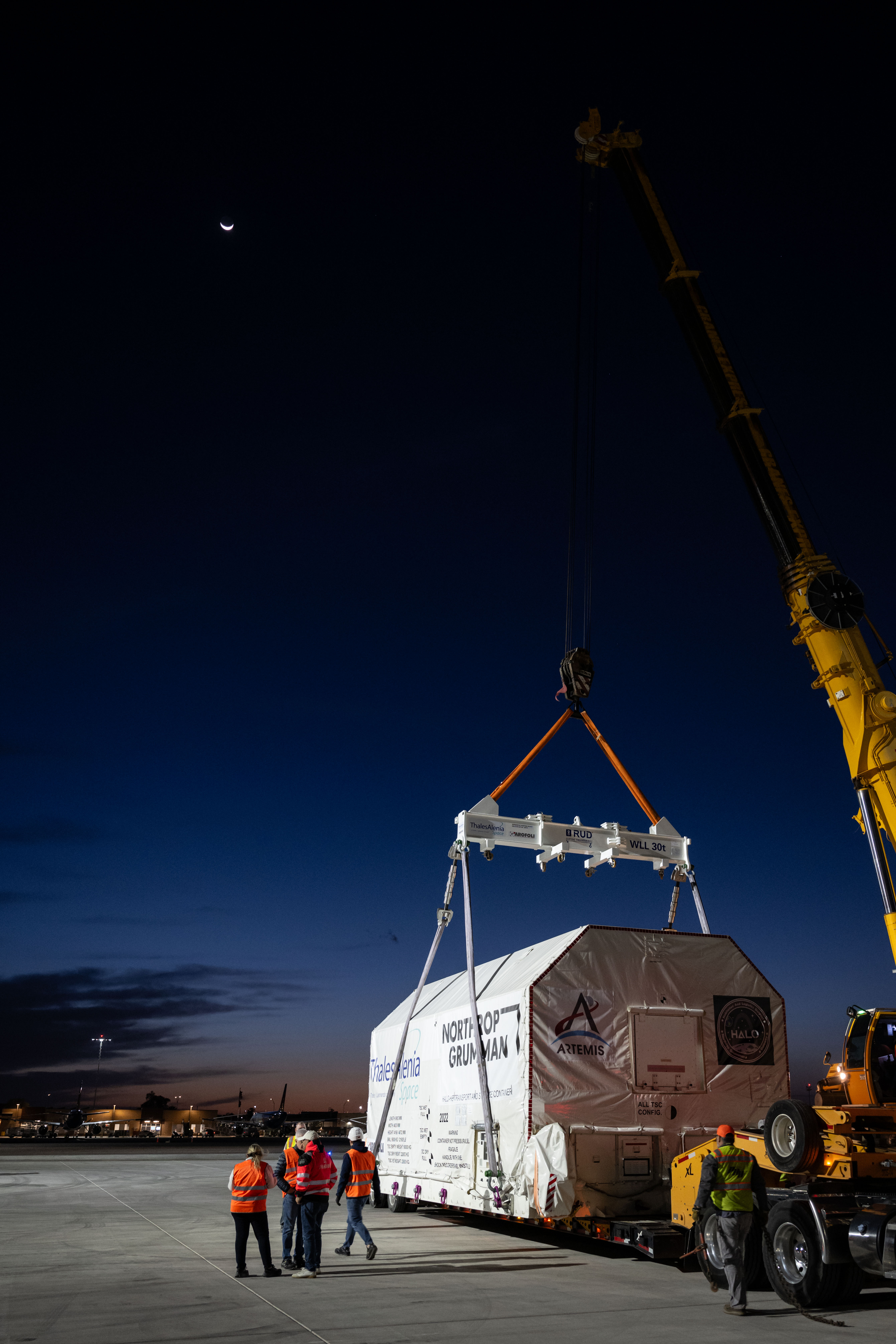


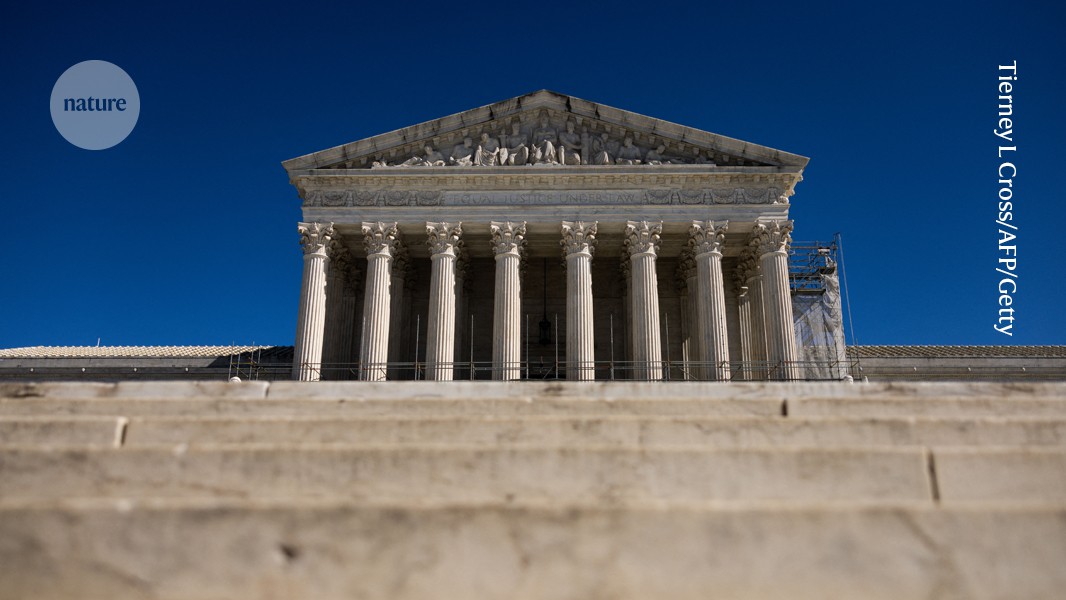



































!['The Dream is [still] Alive': First IMAX film shot in space at 40 years](https://cdn.mos.cms.futurecdn.net/ii3bo2jM3f9hmrYbo3p7pF.jpg?#)






































![The breaking news round-up: Decagear launches today, Pimax announces new headsets, and more! [APRIL FOOL’S]](https://i0.wp.com/skarredghost.com/wp-content/uploads/2025/03/lawk_glasses_handson.jpg?fit=1366%2C1025&ssl=1)















